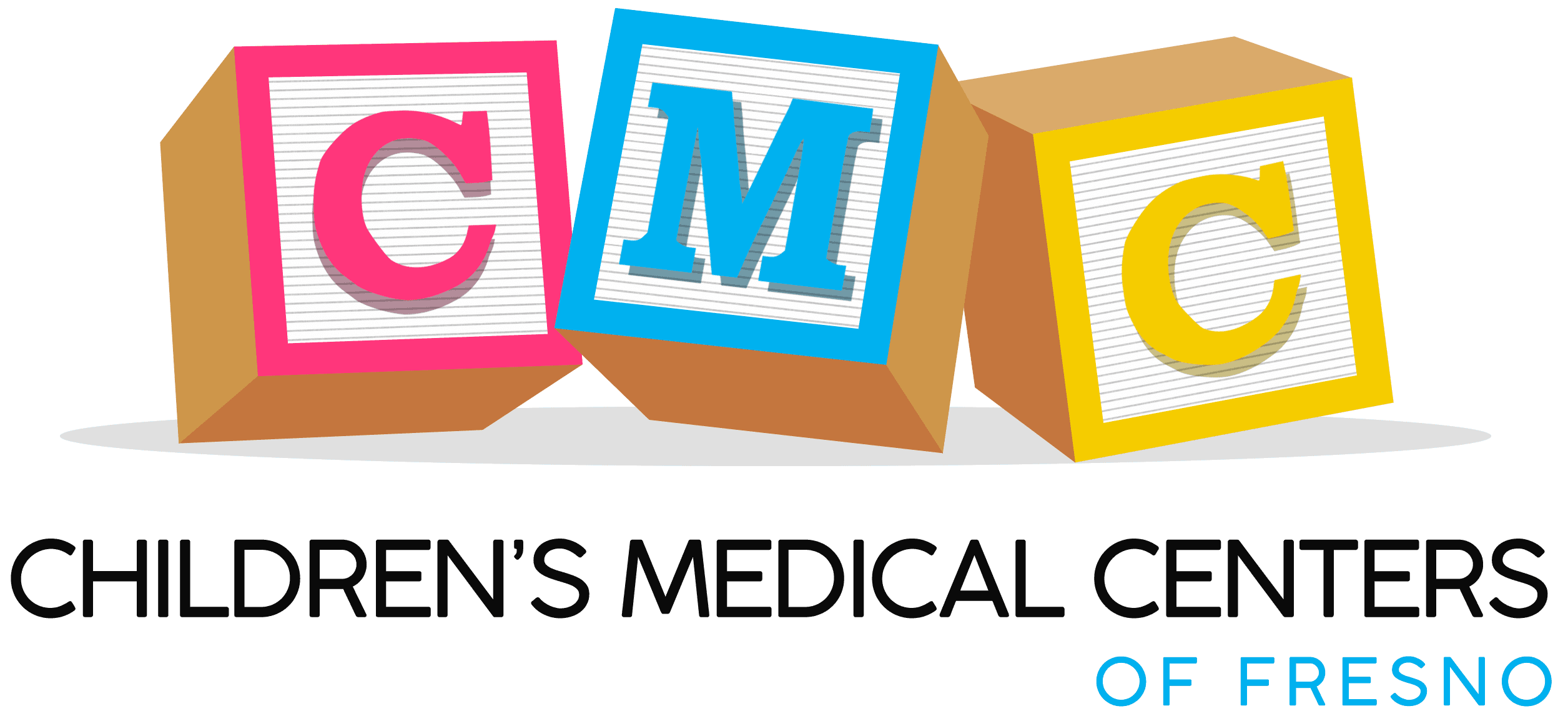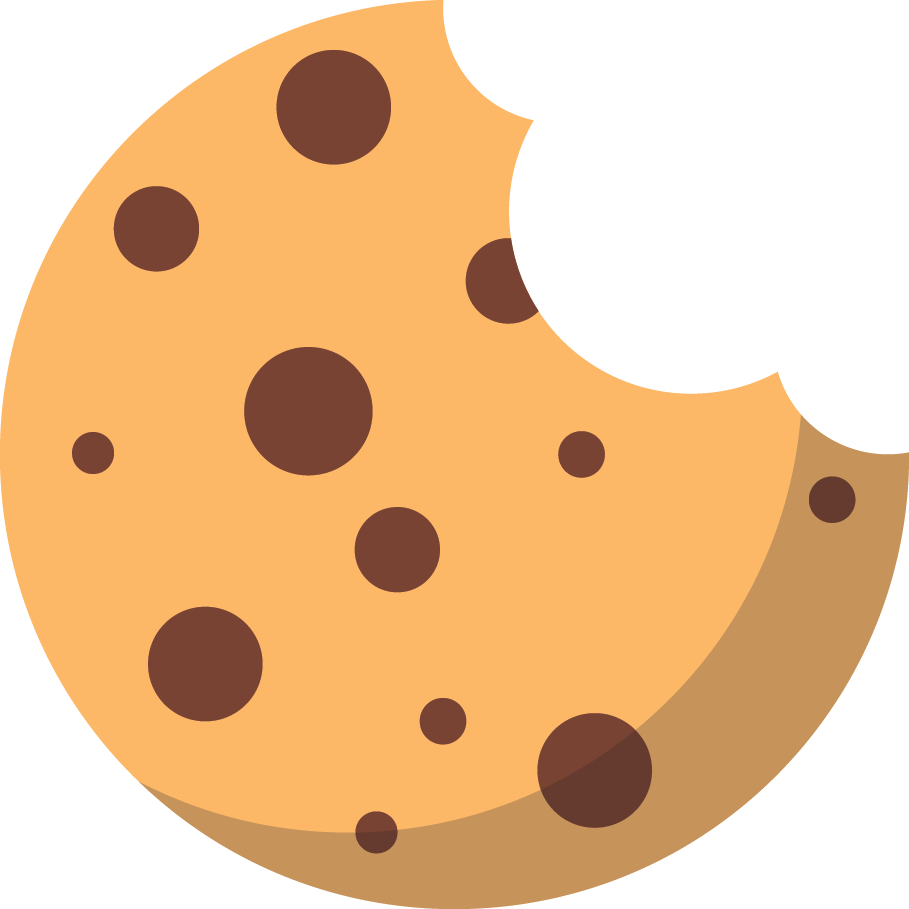June is Migraine and Headache Awareness Month, an appropriate time to talk about headaches in children. Headaches are common in children and adolescents. Many kids will have a headache at some point during the year. The good news is that most headaches are not serious and do not cause any long-term problems. However, parents should also be aware of signs that indicate a more severe problem that requires medical attention.
Here’s what parents need to know about headaches in children:
What are the Types and Causes of Headaches in Children?
Not all headaches are the same; one can classify them into two general categories: primary and secondary. Primary headaches include migraines and tension-type headaches. Muscle tension and stress, which may be due to physical or mental activities, often trigger primary headaches. In contrast, secondary headaches occur when other conditions are present, such as infections, tumors, or injuries to the head or neck, which can affect brain function.
As a parent, when it comes to headaches, it’s essential to know what type they have and what causes them. Doctors can diagnose the nature of your child’s headache based on symptoms, but tests are sometimes needed to determine the cause. Many different things can cause a child’s headache, including:
- Stress
- Irritability
- Strong odors
- Lack of sleep or irregular sleeping schedule
- Muscle strain commonly due to poor posture
- Anxiety or depression
- Dehydration (not enough fluids)
- Too much time spent indoors with little activity and fresh air
- A severe or sudden change in weather, such as heat waves or cold spells
- Food allergies or sensitivities to certain foods (such as chocolate) or drinks (such as caffeine)
The following are the common types of headaches you may see in children:
Tension Headache
The most common type of childhood headache is tension (muscle contraction) headaches, characterized by mild to moderate pain on both sides of the head or in one part of the head. They are felt without triggers like an activity or movement.
People tend to feel pressure or tightness around the head and neck. Tension headache pain may worsen when you bend over or touch your head but usually improves after resting; it usually lasts less than four hours. These typically aren’t serious and don’t require medical attention. This type of headache is commonly linked to
- fatigue
- lack of sleep
- dehydration
- poor nutrition
- muscle strain
- stress, anxiety, or depression
Migraine
Migraine headaches typically involve moderate to severe pain that can last from four to 72 hours. However, many people experience warning signs such as an overall feeling of being unwell hours before the onset of pain. Certain foods, changes in sleep patterns, loud sounds, and other factors can trigger a migraine. If left untreated, migraines can lead to
- nausea
- vomiting
- sensitivity to light and sound
- dizziness and visual disturbances such as seeing flashes of light (photophobia) or spots before your eyes (phonophobia)
Cluster Headache
A cluster headache is the most severe kind of primary headache. They occur in clusters or short periods of time, lasting from days to weeks at a time. Stress and hormone fluctuations can trigger it. Typically, children reaching puberty suffer from these headaches, and mostly boys. Several people say it feels like a burning or sharp pain, as though their eye or face is being torn apart. Cluster headaches also come with
- tearing and redness of the eye
- drooping of eyelids
- facial flushing
- nasal congestion
Headaches in Children: When to Worry
If your child has a headache, it’s important to know the warning signs that this might be more than just a primary headache. A secondary or severe headache can signify a serious health problem, and immediate medical attention is necessary. In case of frequent, intense or unusual headaches, a doctor visit may be critical as they may indicate an underlying condition such as:
- Meningitis
- Tumor growths
- Brain infection or abscess
- Blood clots (hematomas)
- Cerebral vascular accident (stroke)
- Bleeding inside your head (intracranial hemorrhage)
- Damage to the spinal cord or brainstem (at the base of your skull) from trauma or infection
To start, a doctor will review your child’s symptoms and medical history. They may also conduct a physical exam to rule out any other possible causes for your headache, such as an infection or injury. Below are the signs when to worry about a headache that may root in a more serious condition:
- Fever
- Severe neck pain with fever
- Vomiting with the headache
- Continuous nausea or vomiting
- Loss of consciousness or confusion
- Bloody vomit or blood-streaked urine
- Balance problems and difficulty walking
- Pain that persists after taking pain medication
- Change in vision (blurred vision) or double vision
- Increased sensitivity to light or noise (photophobia and phonophobia)
- Severe pain that increases with activity and decreases with rest
- Sharp abdominal pains or chest pains with shortness of breath
- Headache with weakness or difficulty speaking or understanding speech
- Headache after a blow to the head or after an injury (may indicate concussion)
- Frequent headaches in the past three months, mainly if they occur every day or every week
How to Relieve a Child’s Headache At-Home
Headaches do not only cause pain; they may cause children to miss school and social activities, too. Fortunately, some at-home and medical treatments can help relieve the pain and discomfort of a headache.
Apply Heat or Ice Packs
Place warm or ice compress on your child’s forehead to help relieve a headache. This treatment works best if combined with a warm compress to bring down swelling and inflammation caused by headaches.
Meanwhile, you may use an ice pack if your child has been exposed to heat or outdoor activities such as playing sports or gardening; otherwise, use heat if your child feels cold indoors or in an air-conditioned environment.
Give a Massage
A gentle massage can help reduce pain and blood flow in your child’s head. Use long strokes on your child’s forehead and temples in circular motions to help relieve tension in those areas of the head. Try to apply lavender essential oil to your child’s temples and back of the neck every 30 minutes until symptoms subside (make sure not to let essential oils come into contact with your child’s eyes).
Try Rest and Relaxation
When your child has a headache, ensure they get plenty of rest in a dark room with no noise. Stress relief in the form of deep breathing can also help relieve symptoms. Most importantly, elevate your child’s feet above their heart level as much as possible. This can help decrease blood flow through the brain and relieve pressure on nerve endings in the head.
Give Headache Medicine for Kids
Provide them with an OTC pain reliever, such as ibuprofen or acetaminophen. Make sure not to exceed the recommended dosage; always follow package instructions carefully. Don’t give more than one medicine at a time. And never give aspirin to anyone under age 20 because it can cause Reye’s syndrome in young people. Don’t forget to check with your doctor or pharmacist before giving any medication to your child.
Remind Them to Hydrate
Drinking water before, during, and after the headache can help relieve it. Dehydration can worsen headaches, so encourage your child to drink lots of fluids throughout the day. Water removes toxins from the body and prevents dehydration. Make sure they avoid soda and other drinks high in caffeine.
Consult with CMCFresno
When it comes to your child’s headaches, don’t ignore the signs. Some symptoms may indicate something more serious, especially if it happens frequently. At CMCFresno, we can help you figure out what is causing their pain, address any underlying causes and provide treatment to relieve it.
Call us today at (559) 455-1500 or schedule an appointment online.



